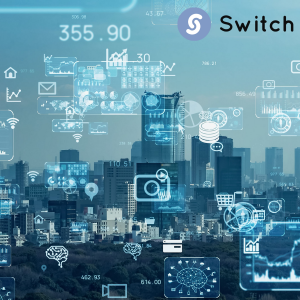
The Evolution of Communication: From Morse Code to Instant Messaging
Communication is integral to human interaction and has constantly evolved throughout history. From ancient cave paintings to the advent of written language, humanity has strived to overcome barriers and connect. Over time, communication methods have advanced, reaching new heights with the advent of technology. This article explores the fascinating communication journey, from the humble beginnings of Morse code to the widespread use of instant messaging in the digital age.
Morse Code: A Language of Dots and Dashes
In the early 19th century, Samuel Morse and Alfred Vail developed a revolutionary method of communication known as Morse code. This system used dots and dashes to represent letters and numbers. Individuals could convey messages across vast distances by transmitting electrical signals over wires. Morse code became the backbone of long-distance communication, mainly through telegraph networks. It played a crucial role in enabling the spread of news, commerce, and diplomacy across continents.
The Telephone: The Dawn of Real-Time Communication
The invention of the telephone by Alexander Graham Bell in 1876 marked a turning point in the evolution of communication. With the phone, individuals could speak to one another in real time, eliminating the need for written messages. This groundbreaking technology revolutionized personal and business communication, allowing immediate and direct interaction across long distances. Telephone networks expanded rapidly, connecting people and communities like never before.
The Rise of Radio and Television: Mass Communication Takes Center Stage
In the early 20th century, radio and television emerged as powerful mediums for mass communication. Radio broadcasts reached households worldwide, bringing news, music, and entertainment into people’s homes. The radio symbolized connection and shared experiences, uniting people across borders.
Television further enhanced the impact of visual communication. With moving images and sound, it provided a rich and immersive experience. Televised news and programs shaped public opinion and sparked global conversations. The power of radio and television transformed society, allowing information and entertainment to reach millions simultaneously.
The Digital Age: Instant Messaging and Beyond
The digital revolution of the late 20th century and early 21st century dramatically transformed communication. The advent of the internet brought forth a new era of instant messaging. Services like AOL Instant Messenger (AIM), ICQ, and later, platforms like MSN Messenger and Yahoo Messenger revolutionized personal communication. People could now connect with friends, family, and colleagues in real-time, irrespective of geographical boundaries.
As technology advanced, mobile phones became a ubiquitous part of daily life. Text messaging emerged as a convenient and widely used form of communication. The advent of smartphones propelled messaging to new heights, with platforms like WhatsApp, Facebook Messenger, and iMessage offering multimedia-rich messaging experiences.
Social media platforms like Facebook, Twitter, and Instagram further transformed how people communicate. These platforms enabled individuals to instantly share their thoughts, experiences, and media with a vast audience. Social media also facilitated the rise of influencer culture, connecting people from all walks of life and fostering communities based on shared interests.
Looking Ahead: The Future of Communication
As we look to the future, communication continues to evolve rapidly. Emerging technologies like virtual reality (VR), augmented reality (AR), and voice-activated assistants hold promise for new forms of immersive and intuitive communication. Video conferencing platforms have seen unprecedented growth, enabling remote collaboration and connecting people across the globe. Artificial intelligence (AI) is also pivotal in communication advancements. Chatbots and language models, like the one you’re reading, are becoming more sophisticated, enabling more natural and interactive conversations.
The evolution of communication, from Morse code to instant messaging, showcases humanity’s quest for connection and the relentless progress of technology. Each innovation is built upon its predecessor, breaking barriers and bringing people closer. Morse code enabled long-distance communication, while the telephone introduced real-time conversation. Radio, television, and digital platforms transformed mass communication. Instant messaging and social media revolutionized how we connect. The future holds immersive tech and AI-driven advancements. Communication’s power to bridge divides and foster connections remains paramount. Embracing our rich history and upcoming innovations, we shape how we communicate for future generations.

